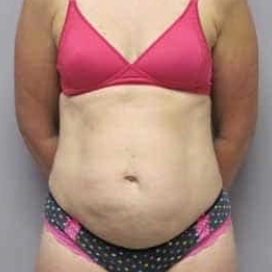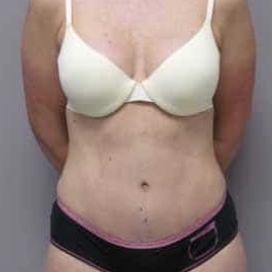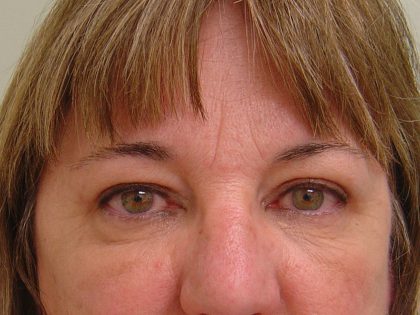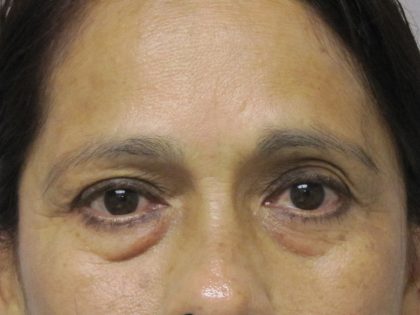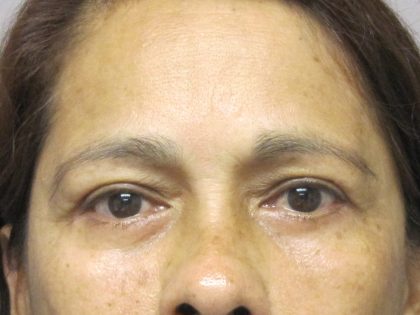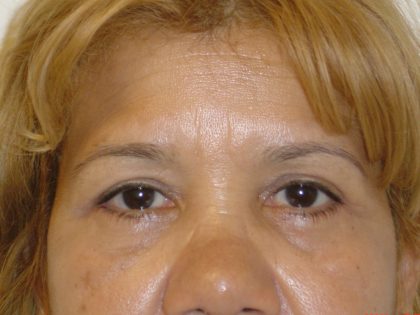Eyelid Lift
Conveniently located to serve the areas of Pasadena, CA
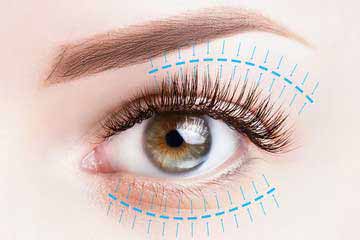
Eyelid surgery, also known as blepharoplasty, can rejuvenate puffy, sagging, tired-looking eyes by removing excess fat, skin and muscle from the eyelids. The procedure can be performed on either the upper or lower eyelid, or both, depending on what you need.
Contents
- 1 Before and After Photos
- 2 FAQ
- 2.1 What is transconjunctival blepharoplasty?
- 2.2 What won’t blepharoplasty correct?
- 2.3 What is a browlift and when is it combined with eyelid surgery?
- 2.4 What is the tear trough deformity?
- 2.5 Is blepharoplasty ever covered by my insurance?
- 2.6 What is recovery from eyelid surgery like?
- 2.7 What are the risks of eyelid surgery?
Before and After Photos
The fat layer around the eyes can protrude as we get older, causing puffiness in the lower eyelids and in the corners of the upper eyelids. Fat protrusion can occur in some patients at an early age. Eyelid skin can also become loose and crepey and hang over the lids and the eyelid muscle can sag. If there is a large amount of overhanging skin, the condition can be uncomfortable and even limit vision. Women may find it making it difficult to apply make-up and have problems with eye shadow creasing in the folds.
The best candidates for blepharoplasty are generally healthy, do not smoke and do not have any serious eye conditions like glaucoma or dryness. For lower eyelid surgery, it is important to have good eyelid tone to avoid complications. Dr. Min will evaluate this during the initial consultation.
Eyelid surgery is performed on an outpatient basis either with local anesthesia and sedation or under general anesthesia. The procedure can take 45 to 60 minutes or longer, depending on how much work is done.
FAQ
What is transconjunctival blepharoplasty?
This refers to a limited form of eyelid surgery that is done in patients who have bulging fat in the eyelids without loose skin or muscle. These patients are usually younger and have good skin tone. The incision is made inside the eyelid and only fat is removed. There are no visible scars and recovery is quicker than with traditional blepharoplasty.
What won’t blepharoplasty correct?
Blepharoplasty cannot raise the eyebrows or reduce the appearance of crow’s feet or dark discoloration under the eyes. However, eyelid surgery can be combined with other procedures such as a brow lift, BOTOX® treatments and laser procedures to achieve optimal results.
What is a browlift and when is it combined with eyelid surgery?
The eyebrows are intimately related to the upper eyelids. When the eyebrows droop with age, the upper eyelids appear to have more skin excess than they would if the eyebrows were in a normal position. In those patients who have significant droopiness of the eyebrows, browlift is combined with upper eyelid lift for the most optimal result and complete correction of aging changes in the upper face.
What is the tear trough deformity?
The tear trough refers to the groove underneath the lower eyelid that extends from the inner corner of the eye. This groove is often one of the first signs of aging around the eyes and results from a loss of volume. It can be improved by the placement of fat or filler into the groove.
Is blepharoplasty ever covered by my insurance?
Upper eyelid lift may be covered by insurance for those patients who have a tremendous amount of hanging skin. In these patients, the skin excess must be enough to cause a limitation in vision. Your eye doctor must document this during an eye examination.
What is recovery from eyelid surgery like?
Bruising, swelling and a sense of tightness in the eyelids are common after eyelid surgery. Eyelid surgery is not typically painful. Most patients return to work in about 7-10 days. Contact lenses may not be worn for two weeks. The eyes may be more sensitive to light and wind and feel drier for a short while – eye drops and lubricants may be used to ease any temporary discomfort.
What are the risks of eyelid surgery?
Complications from blepharoplasty are uncommon, but can include infection, reaction to anesthesia, dry eyes, double or blurred vision for a few days, temporary swelling of the eyelids and difficulty closing the eyes when going to sleep. Uneven healing and scarring and ectropion (pulling down of the lower lids) are very rare and may require surgical correction.
